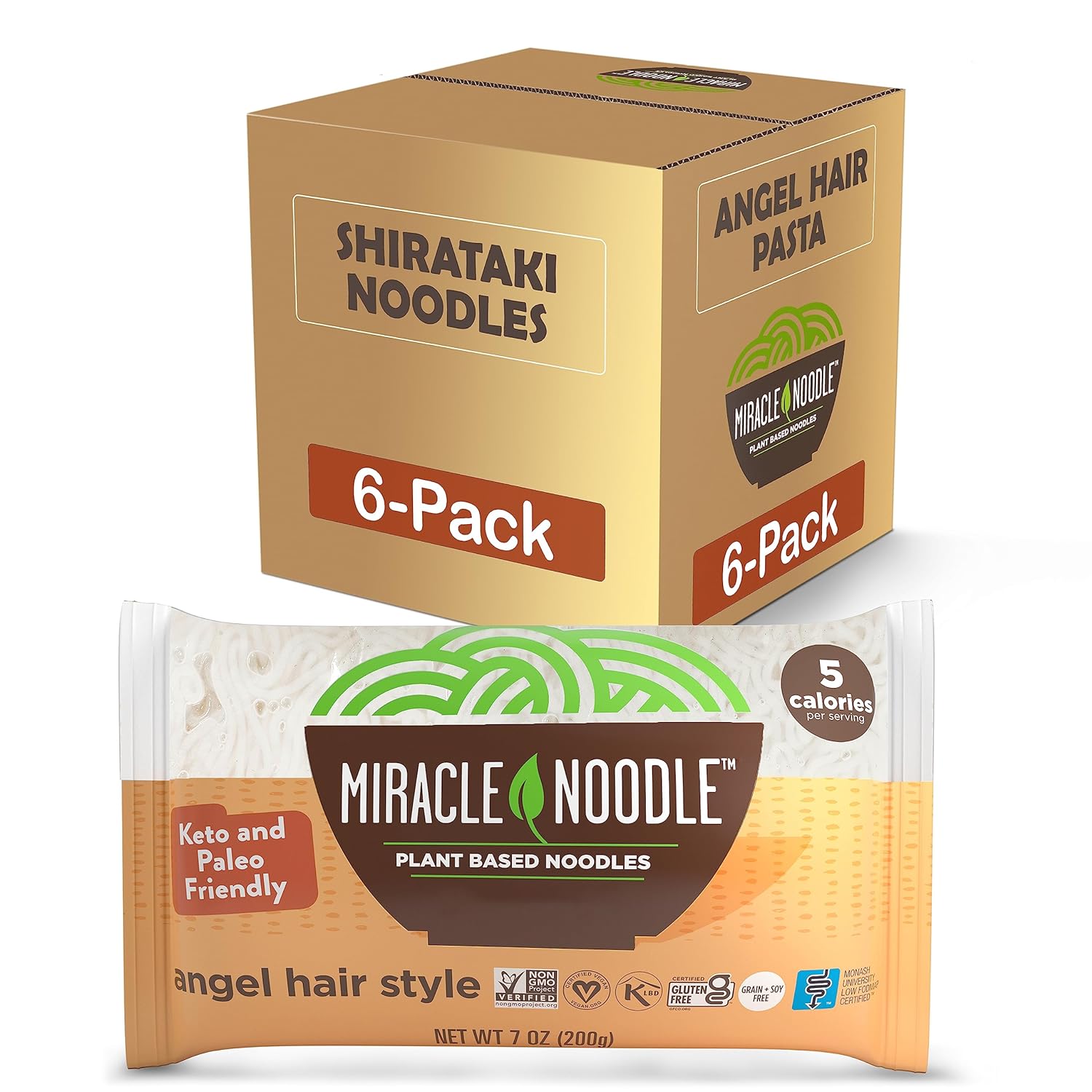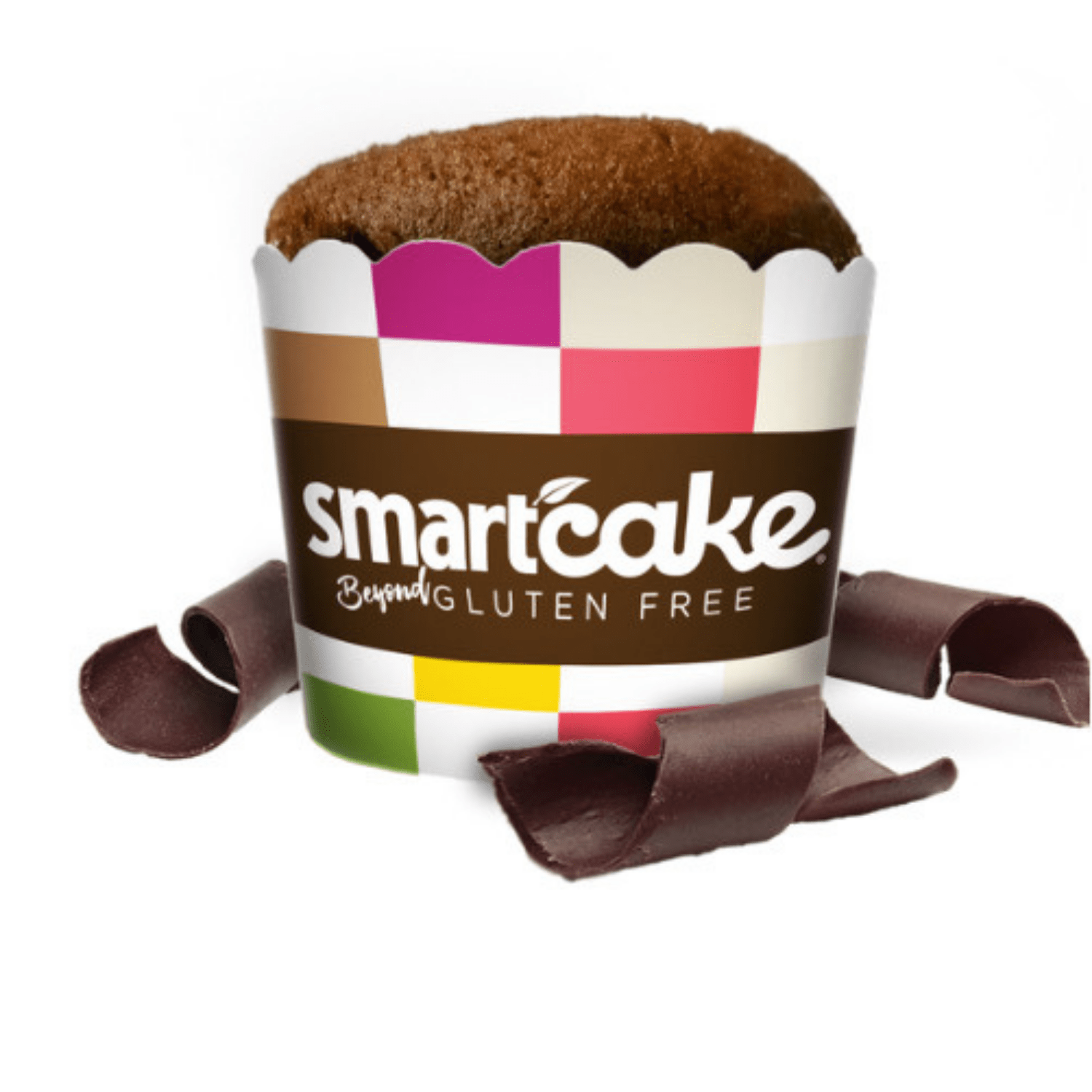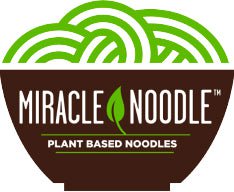Most people who have decided or are thinking about going gluten-free know that gluten is primarily found in wheat, barley and rye. Barley and rye are easy enough to give up, but wheat is an ingredient in many foods.
If you think reading food labels and checking to see if a food contains wheat will help you avoid gluten, think again. Here’s a partial list of some foods that might surprise you because they contain wheat, even though the ingredients on the package does not list it:
-
--kamut
--semolina (a prime ingredient in many pastas)
-
--spelt
-
--tortillas
-
--beer
-
--dressings
-
--sauces
-
--couscous
There are several other foods that wheat has found its way into, including:
-
--breadcrumbs and croutons
-
--soy sauce
-
--chips
-
--pretzels
-
--lunch meats
Does it sound a little more difficult to go wheat-free?
Before getting into some tips on how to avoid all these products that contain wheat, it’s important to ask, “How did wheat end up in all these products?”
Modern food processing
Have you ever seen on a food label the caveat that the food in question was processed in a facility that also processes wheat, nuts and perhaps other allergies? This is one reason why some products that advertise as gluten- (or wheat) free may in fact contain traces of the offending intolerance or allergy-inducing particles, at least enough for someone to experience reactions.
Another reason wheat is seemingly in just about every food is that modern versions of wheat are not like ancient grains. In another upcoming educational email from Miracle Noodle about wheat and gluten, the differences between ancient wheat and modern hybrids will be discussed in greater detail. But for this installment, suffice it to say that modern production of wheat has resulted in dramatically increased yields of wheat, on the cheap.
In other words, more and more wheat can be imported and exported. And because there’s a glut of it on the market, food producers value wheat as an inexpensive ingredient to make breads, pancakes, bagels, cakes and other high-carb goods rise and stay puffy.
Is avoiding wheat a lost cause?
Opting for gluten-free grains such as rice, especially Miracle Rice for those dieters who love the texture and multitude of cooking options with rice but don’t want the rising blood-sugar levels associated with it, is an option.
Amaranth, quinoa and teff are other examples of grains that do not contain wheat. If you want to experiment with how your body feels after eating an ancient form of wheat called emmer (or ‘farro’ in Italy), you may experience no reactions to wheat that has not been heavily hybridized, compared to modern wheat.
Beans are almost always wheat-free. All fruits and vegetables are wheat-free. Lean meats and fish fish do not contain wheat, most of the time. The exceptions are sushi with soy sauce, packaged lunch meats and beef or chicken glazed with certain sauces.
Keep in mind that if you’re going gluten-free, you may not necessarily be gluten-free. Products labeled ‘wheat-free’ are not always gluten-free; remember that barley and rye and sometimes oats (due to cross-contamination) contain gluten.
By eliminating most grains and sticking to a diet rich in vegetables, natural lean meats, seeds and nuts and some fruit, you’ll be able to avoid wheat.
Substituting grains that have wheat with Miracle Noodle, of course, is another way to substantially reduce the amount of wheat you consume. Miracle Noodle currently has 10 products, none of which contain wheat or gluten. You can have your noodles and eat them, too...without the wheat.
Save almost 15% on Miracle Noodle Every Time!
Save an additional 15% off every order by enrolling in the Miracle Noodle autoship program. Choose which products you want delivered and how often. It’s that simple. Join today!


